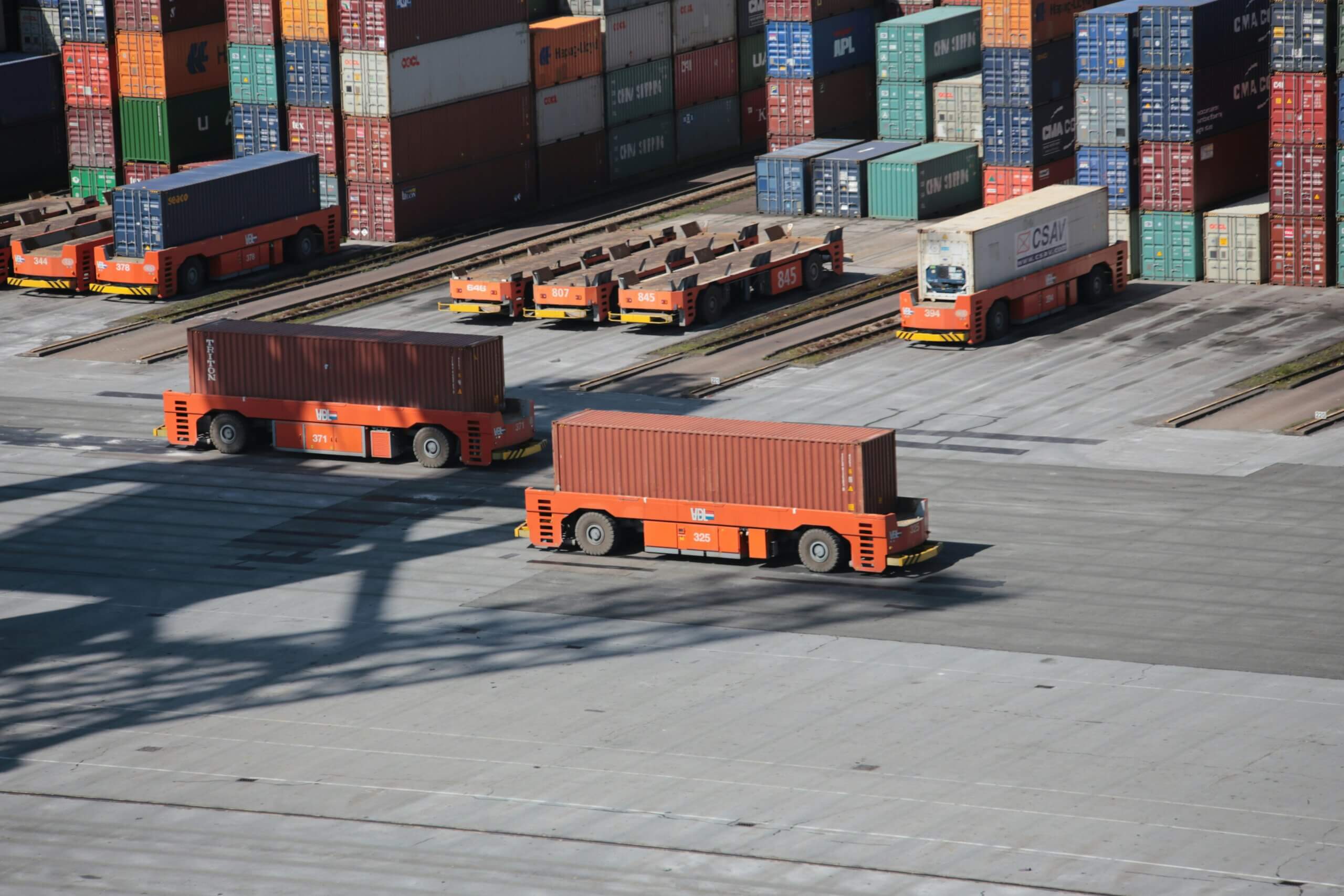This year’s peak shipping season in the U.S. is proving to be particularly challenging due to several compounding disruptions, including record-breaking hurricanes and two major labor strikes.
The Southeast U.S. is still reeling from the impact of Hurricane Helene, which made landfall on September 26, causing widespread flooding and logistical delays, especially in Georgia and the Carolinas. Now, Florida is bracing for Hurricane Milton, a Category 4 storm expected to hit near Tampa on October 9.
Milton’s approach is anticipated to further disrupt port operations, just days after key ports resumed activity following the International Longshoremen’s Association (ILA) strike. The strike had halted operations at major ports along the U.S. East and Gulf Coasts, exacerbating shipping delays. With a backlog of shipments still being cleared, Milton’s arrival threatens to plunge the supply chain into deeper disarray.
Florida’s ports, particularly Tampa, are in a critical position as nearly 74 vessels lie in the storm’s path. Many of these vessels are essential to last-mile delivery networks and already-delayed shipments. The combination of the labor strike and back-to-back hurricanes has stretched the trucking and ocean freight sectors thin, intensifying the strain on logistics.
For shippers, this is the perfect storm of disruption, and real-time visibility into the supply chain is no longer a luxury—it’s a necessity. Without it, companies risk missing crucial updates on rerouted shipments, changes in inventory, and potential delays.
Retail, food, and automotive industries at risk
Several industries face heightened vulnerability due to these compounded events. The retail sector, already preparing for holiday demand, could experience delays in product shipments, potentially leading to stockouts and missed sales. Some shippers may have mitigated risk by pulling imports forward to avoid the strike and anticipated China tariffs, but the impact will still be felt by retailers and consumers alike.
Food and beverage supply chains, heavily reliant on both ports and trucking for fresh produce, are also at risk. Time-sensitive imports like bananas, which move through affected Florida ports, have already faced significant delays, potentially leading to shortages across the Southeast. Other perishables such as avocados and seafood are also caught in the supply chain disruptions.
The automotive industry, known for its reliance on just-in-time (JIT) manufacturing, may see assembly line disruptions as parts shipments are delayed. Similarly, the construction sector, dependent on imports of materials like steel and lumber, could experience significant slowdowns.
The critical role of real-time visibility
As these disruptions pile up, businesses need real-time visibility to stay ahead of potential risks. The ability to monitor shipments as they move through the supply chain, reroute goods when necessary, and proactively communicate delays to stakeholders is critical. This is where project44’s real-time transportation visibility platform makes the difference.
With project44, shippers gain a comprehensive view of their supply chain, including in-transit inventory, carrier performance, and potential disruptions like labor strikes and natural disasters. By leveraging predictive analytics and AI-driven insights, shippers can anticipate delays and proactively adjust their supply chain strategies, preventing costly downtime and ensuring critical goods reach their destinations.
For example, if a shipper had been using project44’s platform during the ILA strike, they would have been able to see where their shipments were dwelling, identify alternative ports, and reroute goods accordingly—all in real time. As Hurricane Milton approaches, shippers with project44 can monitor vessel paths, identify delays in port operations, and keep their teams informed, reducing the risk of further disruption.
How shippers can prepare for the unexpected
Given the increasing frequency and intensity of supply chain disruptions, it’s more critical than ever for shippers to adopt proactive strategies. Here are a few ways project44 can help:
- Diversify carrier networks: Relying on a single carrier or port increases vulnerability during disruptions. With project44, shippers can build flexibility into their supply chains by leveraging a robust network of carriers, as well as advanced lane analytics, enabling them to adjust routes quickly and intelligently.
- Leverage real-time data: project44’s platform provides real-time visibility into the status of shipments, helping shippers anticipate delays and reroute goods before bottlenecks form. This level of insight allows for quicker, more informed decision-making in the face of unexpected events.
- Stockpile critical inventory: For industries dependent on JIT delivery, project44’s data-driven insights can help identify when it’s necessary to build buffer stock of high-demand items or critical components, minimizing the impact of port closures or delays.
- Develop contingency plans: project44 empowers shippers to develop and implement contingency plans that account for various disruptions, from alternative transportation modes to rerouting around closed ports. These plans can be automatically updated as conditions evolve, keeping businesses agile and prepared.
Looking ahead: Staying prepared with project44
The disruptions caused by Hurricane Helene, Hurricane Milton, and the recent ILA strike will likely continue to affect the U.S. supply chain landscape for weeks and even months to come. With real-time transportation visibility from project44, shippers can navigate these challenges more effectively, minimizing delays, avoiding stockouts, and protecting their bottom line.
As businesses prepare for recovery, proactive planning and the right tools will be key. Shippers should expect longer lead times, potential shipment delays, and price fluctuations—but with project44, they can stay ahead of the curve, adapting to changing conditions in real time.
In today’s world of supply chain volatility, visibility is no longer optional. It’s the lifeline that keeps operations moving forward, no matter what disruptions arise.
Prepare for what’s next: Register for our webinar
The supply chain landscape is shifting faster than ever, and disruptions like hurricanes and labor strikes are becoming the new normal. Are you ready to navigate these challenges with agility and precision?
Join us for our upcoming webinar, “From Hurricanes to Port Strikes: High-Velocity in the New Never Normal,” where we’ll explore strategies to maintain supply chain velocity in times of crisis. Discover how real-time transportation visibility from project44 can be your key to staying resilient in an unpredictable world.



